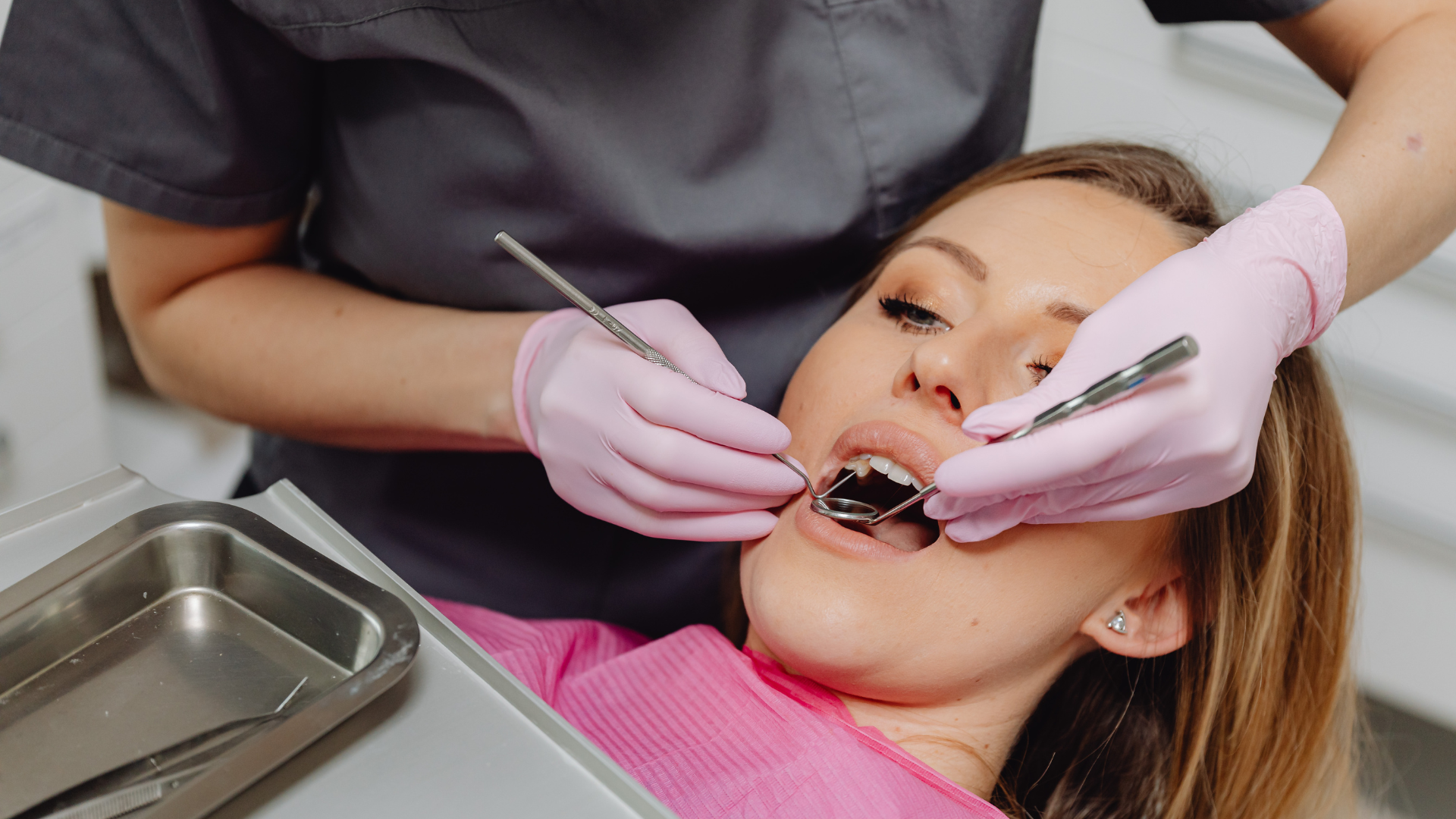Cosmetic Inlays, Onlays, and Crowns
Cosmetic Inlays, Onlays, and Crowns:
The Triad of Strength and Beauty for Your Smile
Our teeth are incredible structures, combining functionality with aesthetic appeal. Yet, over time, they can succumb to wear, tear, or decay. In the world of restorative dentistry, three treatments stand out for their ability to restore and enhance the teeth's natural beauty and strength: cosmetic inlays, onlays, and crowns. These treatments not only repair damaged teeth but also ensure they remain attractive and functional for years to come.
Cosmetic Inlays and Onlays: Precision Repair for Teeth
Inlays and onlays are indirect restorations, meaning they're crafted outside the mouth and then bonded to the damaged area of the tooth.
Inlays: Used when the damage or decay doesn't affect the cusp of the tooth but is too extensive for a filling. They are typically placed within the indented top surfaces.
Onlays:
Onlays are more extensive than inlays, covering a larger area and extending over the cusps of the treated tooth.
The primary advantage of inlays and onlays is their conservation of the natural tooth structure. They require the removal of only the damaged part of the tooth, ensuring that the maximum amount of the original tooth is preserved.
Dental Crowns: The Protective Cover
When a tooth is significantly damaged, decayed, or after a root canal treatment, dental crowns come to the rescue. A crown is a cap that covers the entirety of the tooth, restoring its shape, strength, and appearance. It acts as a protective shell, encasing the vulnerable tooth and preventing further damage.
Strength Meets Aesthetics
- Natural Appearance: With advancements in dental materials, inlays, onlays, and crowns can be made from porcelain or ceramic that closely mimics the appearance of natural teeth. This ensures that the restorations blend seamlessly with the surrounding teeth.
- Durability: These restorations are known for their durability. Crafted from high-quality materials, they can bear the forces of chewing and biting, ensuring the longevity of the restored tooth.
- Stain Resistance: Porcelain and ceramic restorations resist staining, ensuring they remain white and bright for years.
- Enhanced Protection: Beyond aesthetics, these treatments provide an additional layer of protection to weakened or damaged teeth, preventing further complications or the need for more invasive procedures.
Conclusion
The world of cosmetic dentistry has come a long way in offering solutions that prioritize both the health and appearance of teeth. Cosmetic inlays, onlays, and crowns exemplify this blend of form and function. They stand as testamentary symbols of modern dentistry's commitment to ensuring every smile is not only beautiful but also resilient and strong. For those seeking to rejuvenate their smiles without compromise, these treatments offer a promising and effective pathway.




